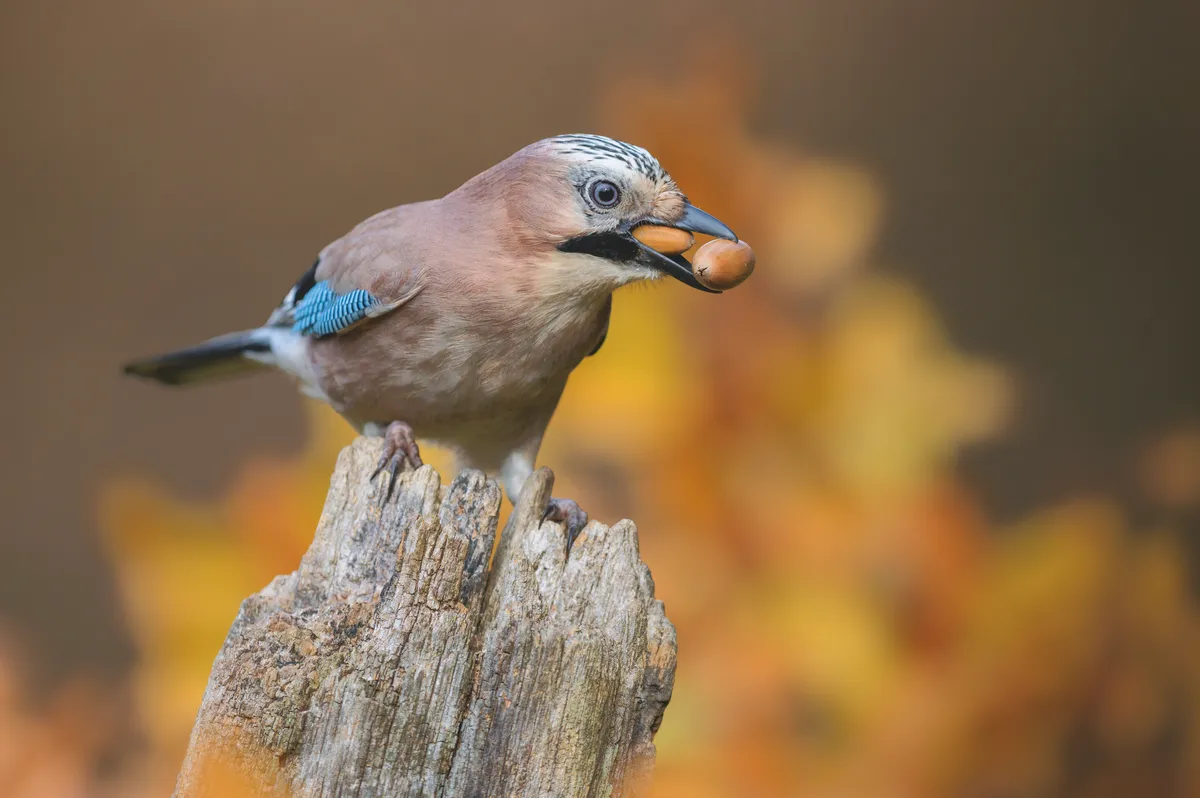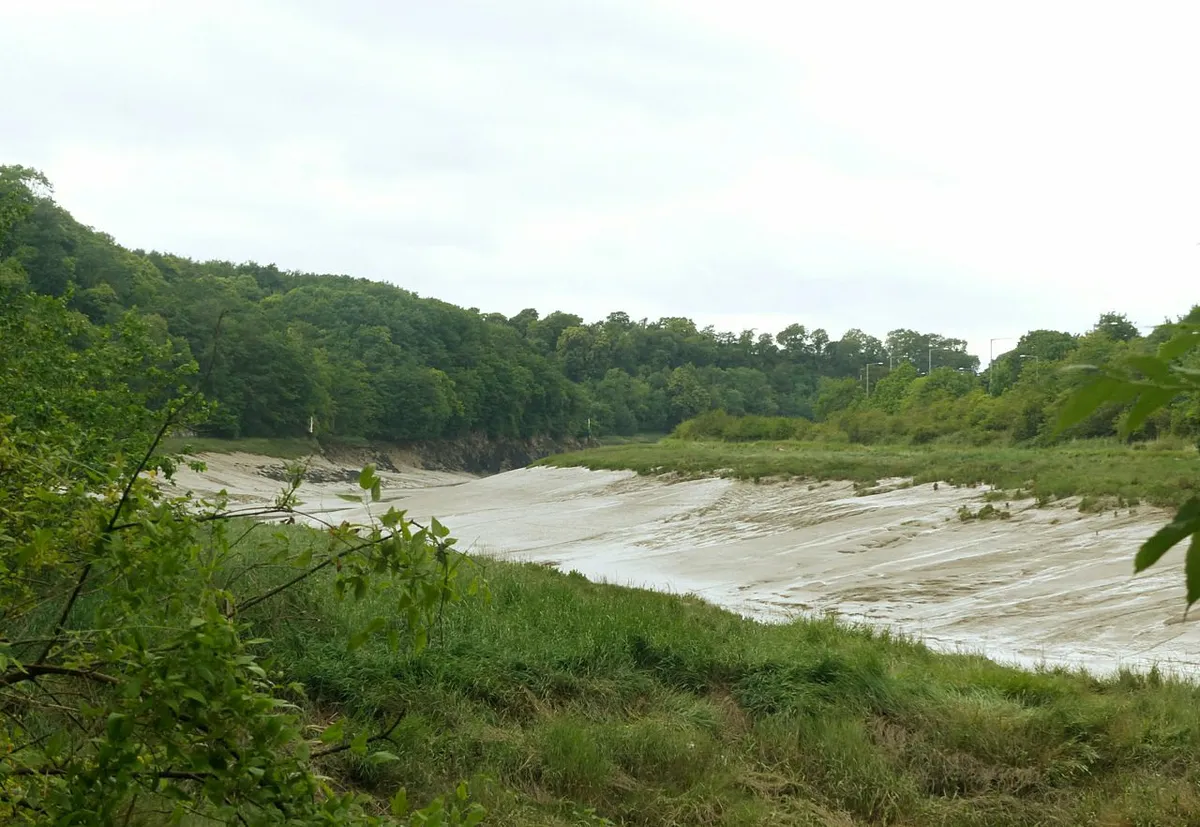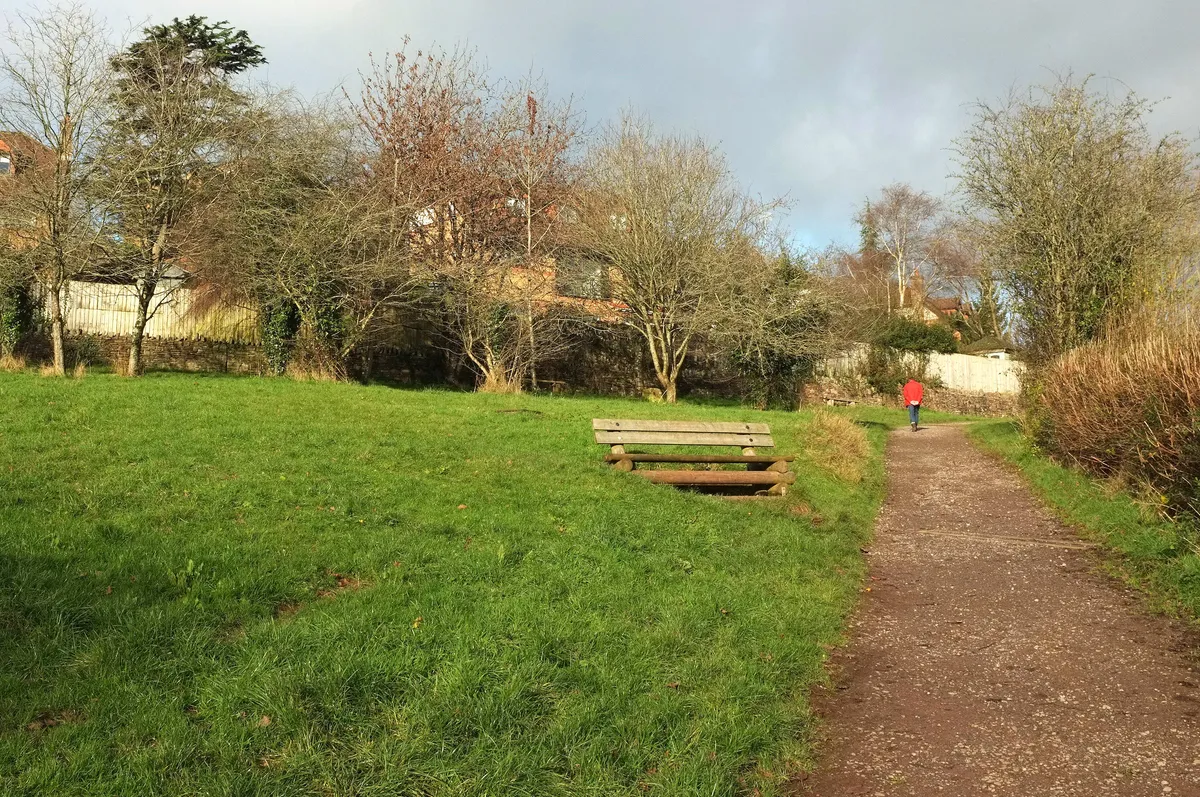Bishops Knoll is Bristol’s very own The Secret Garden, a steep-sided woodland of wending paths and ancient trees, bursting with natural and historical wonder.
In the 13th century, this south-west-facing slope of the Avon Gorge was cordoned off as a deer park to provide venison for the Bishops of Worcester. It was later planted as woodland, before becoming the estate of Bristol merchant Peter Prankerd in the late-19th century. Amid the agony of the First World War, the mansion (now demolished) became a makeshift hospital for Australian soldiers – the only privately owned hospital in Britain to receive wounded soldiers from the frontline.
Today, the extensive history of Bishops Knoll can be seen throughout the woodland. Wander through the old terraced gardens, discover a Victorian folly and marvel at the exotic veteran trees – the Monterey cypress, giant coast redwood and an Austrian black pine – that stand tall among a supporting cast of native oak, hazel and hawthorn. The woods are a popular hang-out spot for tits, jays and robins, as well as sparrowhawks, buzzards and tawny owls.
After the enchantment of Bishops Knoll, the walk emerges from the trees onto the banks of the River Avon, bending downstream before returning to the start via a beautiful wildflower meadow and duck pond.
Bishops Knoll and Old Sneed Park walk
2.4 miles/3.8km | 2 hours | moderate
1. Into the trees
The route starts at the upper entrance to Bishops Knoll, where Bramble Lane turns in Bramble Drive – look for an information board and metal gate. Head into the woodland, following the main path as it drops gently downhill. Before long, as the descent steepens, the path splits. Take the right-hand path (the route to the left is just as rewarding, offering views out across Avon Gorge before joining point 3 on this walk).
2. Exotic veterans
As you make your way down through the woods, look for a huge oak tree on the right, thought to be up to 600 years old. This is one of dozens of impressive tree specimens that can be found along the walk.
After about 60–70m, as you begin to near the edge of the trees, veer left down a set of steps to the bottom of the woodland. The path guides you left again, undulating past more magical trees. The exotic veteran specimens – such as the Monterey cyprus with its 7m girth – are particularly impressive. Follow the bottom edge of the woodland for 300m before jinxing left and then right to meet a series of old terraced gardens.

3. Secret garden
There are two of three path options here; pick your own route, ultimately aiming for a steep set of steps that lead into a tunnel in the far bottom corner. Pass through the tunnel beneath the railway line. The path on the other side can be a little overgrown in summer (and muddy in winter) but push on and you’ll soon reach a clearer path. Turn left and follow this for about 100m to meet the busy A4 road.
4. River ramble
Extreme caution must be taken here when crossing the road. If you don’t feel comfortable crossing, return to the tunnel and, instead of going through it, continue parallel with the road through Bennet’s Patch and White’s Paddock to pick up the route at point 6.

Back on the main route, cross the road and turn left on the wide pavement (also a cycle path). After 100m, take the signposted path to the right, stepping off the pavement and on to the banks of the River Avon.
Turn immediately right and follow the riverside path through estuarine grasses and beside blackthorn trees. This is roughly the halfway point of the walk and a good place to break for a drink and snack as you look for birdlife on the water.
5. Magical meadow
Roughly 1km of riverside walking brings you to a staircase on your right-hand side. Take this, passing through trees to meet the A4 once more. Cross straight over the road and take the signed path up another set of stairs into trees; you are now in Old Sneed Park Nature Reserve. Look for a path down to the right, winding downhill through the woodland to emerge at a meadow. In summer, this part of the reserve is filled with wildflowers.
6. Suburban return
A footpath leads through the meadow for 300m, passing through a gate to meet a duck pond. Take the path to the left of the pond, walking diagonally uphill away from it. A second path joins the main route from over your left shoulder. Continue straight on between houses to emerge on to Glenavon Park road.

Turn right, then right once more, walking downhill to meet Old Sneed Park road. Turn right and follow the residential street for 800m, swinging left, right, then left again to meet Church Road. Turn right, then after 350m turn right again onto Bramble Lane, which takes you downhill and back to the start.
Bishops Knoll and Old Sneed Park map
Bishops Knoll and Old Sneed Park walking route and map


